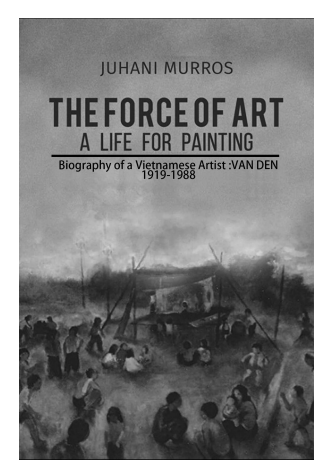A study of 8 different experiments showed that our brains tend to prefer addition rather than subtraction when it comes to finding solutions—in many cases, it seems we just don't consider the strategy of taking something away at all.
The researchers found that this preference for adding was noticeable in three situations in particular: when people were under higher cognitive (认知的) load, when there was less time to consider the other options, and when volunteers didn't get a specific reminder that subtracting was an option. In one of the experiments, participants were asked to improve a Lego structure so that it was able to take more weight. Half the volunteers were reminded that they could take away bricks as well as add them, and half weren't. In the group that got the reminder, 61 percent solved the problem by taking away a brick—which was a much faster and more efficient way of making the structure stable. In the group that didn't get the reminder, only 41 percent went for the removing bricks approach.
"Additive ideas come to mind quickly and easily, but subtractive ideas require more cognitive effort," says psychologist Benjamin Converse, from the University of Virginia. "Because people are often moving fast and working with the first ideas that come to mind, they end up accepting additive solutions without considering subtraction at all."
The researchers have a few ideas about what might be going on. Our brains might find additive changes easier to process perhaps, or we might be associating adding with ideas of something that's bigger and therefore better in our subconscious. There might also be associations in our minds with the current status being something that needs to be maintained as much as possible—and taking something away is arguably more destructive to the current status than adding something new.
The researchers say their work is important in a much broader sense: for institutions looking to streamline (简化), for example, and even for the human race looking for ways to better manage the planet's resources.
